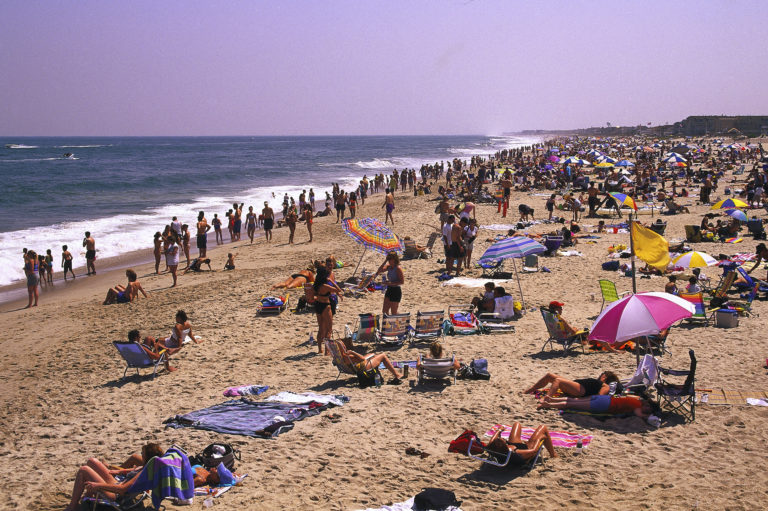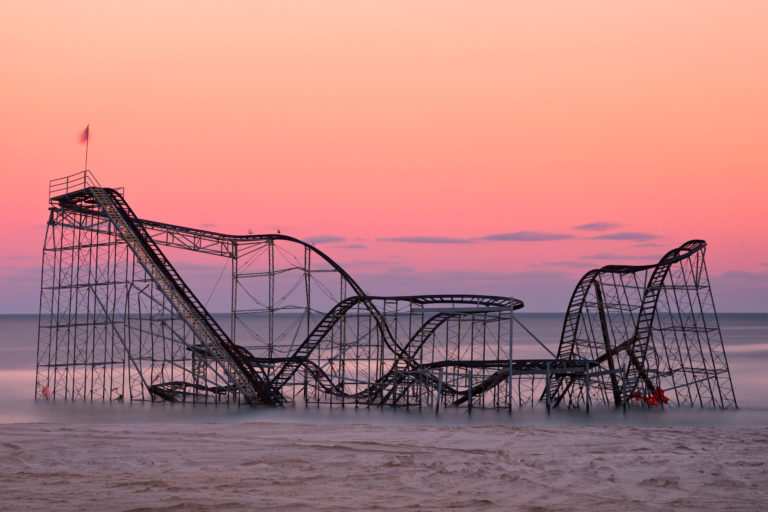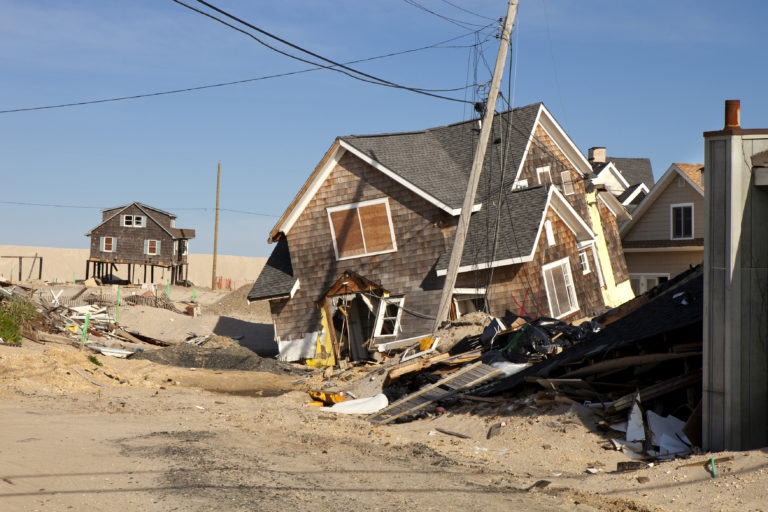November 5, 2020
DEP : It’s 2012, New Jersey Weathers Deluge of Meteorologically Miserable Events
The year 2012 began and ended on a rather tame note in New Jersey, meteorologically speaking.
According to timeanddate.com:
- On Jan. 1, the weather was clear, with temperatures reaching a high of 52 and a low of 37 over 24 hours.
- On Dec. 31, it was mostly cloudy and, later, overcast; temperatures rose to a high of 39 and dropped to a low of 27 over 24 hours.

During the 364 days (it was a leap year!) in between, New Jersey had its share of ups and downs weather-wise, according to the Office of the State Climatologist at Rutgers. In fact, on the office’s website, state climatologist David Robinson chronicled 10 top weather events that year.
Now, it’s probably a good bet that New Jersey residents can name the most memorable weather occurrence here in 2012. But before jumping into that torrential mass of change, let’s take a look at the rest of the year’s top 10 weather events, according to Robinson:
- A windstorm called a “derecho” hit South Jersey on June 30, with winds gusting to 81 mph, and caused five deaths, considerable tree damage and a loss of power for more than 200,000 customers
- Record warmth, with an annual average of 56 degrees (2.8 degrees above the 30-year average); statewide, five months ranked either warmest (March), third warmest (February, May and December) or fifth warmest (July) of their respective month dating back 118 years
- A relatively snowless start to the year – from January through April, only 23 percent of average snow fell across the state; an Oct. 29, 2011, snowstorm would be considered “the snowiest” of the 2011-12 “winter” season
- An early spring greening, with the growing season starting three to four weeks ahead of average as a result of mild winter – especially a record warm March (8.7 degrees above average)
- Unseasonably early accumulating snow came by way of a Nov. 7 storm that dumped up to 13 inches of snow in some places, especially interior Monmouth and Ocean counties
- Summer thunderstorms drenching the state between June and early September, resulting in three people killed by lightning (in separate storms); rainfall exceeding 3 inches at one or more locations during seven storms; wind gusts exceeding 50 mph on several occasions; and a tornado documented in Camden County’s Mount Ephraim on Sept. 4 – though the only confirmed tornado in New Jersey that year, it was weak (registering a 0 on the Enhanced Fujita scale, which rates such events from 0 to 5)
- Fires and brush fires burned through the first three weeks of April, charring land from several hundred to 1,000 acres; blazes occurred around the state, but were concentrated in the Pinelands; a late-season nor’easter on April 22 greatly reduced the fire danger
- A ch-ch-chilly November, the first month with below average temperatures (4.1 degrees below average since January 2010; two memorable snow events (the aforementioned storm on Nov. 7 and another on Nov. 27) made for the sixth snowiest November since 1895, based on statewide averages
- Despite the deluge that flooded New Jersey in late October (keep reading, it’s covered right below), 2012 was the driest year in the Garden State since 2001; of the state’s 21 counties, only Ocean, Atlantic and Cape May had above-average precipitation for the year
And now, a look at 2012 …

In 2012, Hurricane Sandy devastated the East Coast. In New Jersey alone, the massive storm killed 37 people, cut power to more than 2 million households and inflicted more than $30 billion of economic losses – the costliest natural disaster in Garden State history.
Originating as a typical hurricane in the Caribbean Sea, Sandy churned northward along the Eastern Seaboard, where it collided with a cold front and grew immensely, with a gale-force wind field more than 1,150 miles in diameter. As it merged with the cold-weather system, the trough of low pressure pulled the hybrid “Frankenstorm” sharply westward, straight into the densely populated mid-Atlantic coast.
Sandy made landfall near Brigantine on Oct. 29, accompanied by heavy rains, 80 mph sustained winds and a record-breaking storm surge that coincided with a high tide and a full moon. Streets were flooded, houses swept off their foundations, and trees and powerlines toppled. The storm damaged or destroyed 346,000 homes, and many of the Jersey Shore’s famed boardwalks and rides were wrecked – including the Jet Star roller coaster in Seaside Heights, whose skeletal hulk rising out of the waves became one of the storm’s iconic images.

In the aftermath, it was clear that New Jersey faced a long and difficult road to recovery. The DEP joined in the statewide disaster relief response, initiating the Superstorm Sandy Blue Acres Buyout Program, which used the influx of federal disaster recovery funds to purchase flood-prone homes impacted by the storm. The department also mobilized to assess and repair the state’s natural and culture resources that had been extensively impacted.
For many scientists who saw the influence of a warming climate and rising sea-levels on the storm’s destructiveness, Sandy was yet another harbinger of things to come. Today, the DEP is engaged in a multipronged effort to mitigate the threats from sea-level rise, reduce greenhouse gas emissions that fuel climate change, and to build the state’s resilience against future storms.
###
 OFFICIAL SITE OF THE STATE OF NEW JERSEY
OFFICIAL SITE OF THE STATE OF NEW JERSEY